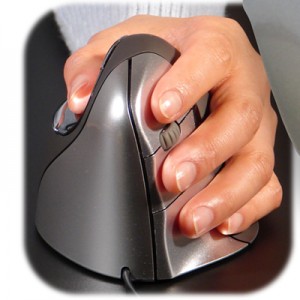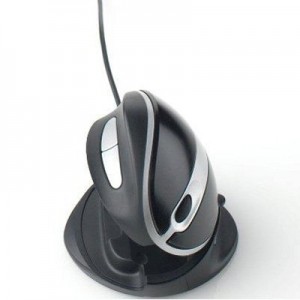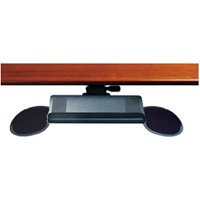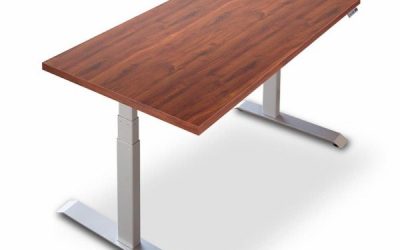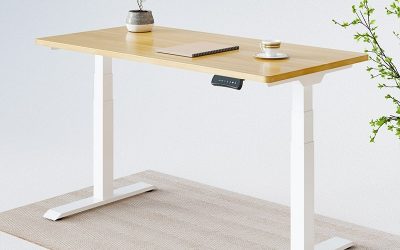Prevent Repetitive Stress Injury with Dual and Ergonomic Mousing
If you drop a frog into boiling water he’ll jump out, but if you put him in cool water and slowly heat it up, he’ll cook. We all learned that in high-school biology, but what’s the lesson?
If you’re a typical computer user, clicking hundreds of times a day on a standard mouse, you may be slowly cooking your nerves. You don’t feel it at first, but eventually you’ll notice a slight tingling, then numbness, possibly burning. You stop and rub your wrist and arm, but then you’re back to work. If you continue with the same repetitive click and scroll motions, however, the problem will only worsen.
Carpal Tunnel Syndrome (CTS) is a common form of Repetitive Stress Injury (RSI), and it’s serious stuff! Chiropractors, physical therapists, and acupuncturists may offer temporary relief, but unless you eliminate the cause of the injury, it will keep coming back. Chronic sufferers often end up in surgery. And even surgery might not be the answer.
How can I avoid the pain?
Choose an Ergonomic Mouse
If you put your hands to your sides and lift your arms at the elbow, you’ll note that your palms face each other. This is the natural position of your arms, the neutral handshake position.
Unfortunately, today’s standard mouse forces you to twist your wrist, turn your palm down, and use the small muscles of your hand, fingers, and thumb repeatedly to click and scroll. This creates inflammation of tissues in the hand, wrist, and arm, which puts pressure on the median nerve, ultimately causing nerve damage and loss of muscle strength in your hands and fingers. And yes, pain!
To avoid the problem, try a vertical mouse. They come in different shapes and sizes, but they’re all designed to put your hand, wrist, and forearm into the neutral handshake position. This allows you to use the larger muscles of your arm to reduce repetitive stress injuries.
Go Vertical!
Give Yourself a Hand
If you’ve got two hands, why not use them both? Give your dominant hand a rest by installing a second mouse.
How about if I just move my mouse from my right hand to my left once in a while?
If you want to become as proficient with your second hand as with your first, you’ll need to have a mouse at the ready in each hand. Otherwise you’ll become impatient with the second hand and give up. With two mice installed, you can use the second one gradually, starting with the simplest moves. In two to three months that second hand should be up to speed. Then you’re set for life. 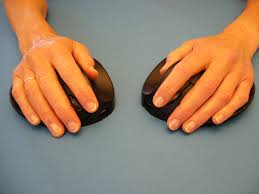
When choosing appropriate mice, choose a pair—left & right mice, or two identical mice that can be programmed for either hand. (You may also need to purchase a USB hub for the additional port.)
Modify Mouse Placement
All too often a computer mouse is placed at an awkward position, next to the monitor, forcing you to reach outward and forward with no arm support. Repeating such movement again and again can stress your shoulder and neck muscles, creating additional aches and pains.
The key is to bring your mice in close and bring them down. Your best choice is an adjustable keyboard platform tray with dual mouse platforms. Place your adjustable tray at elbow level for maximum comfort. The keyboard and mouse platforms are right in front of you, in close, so your arms and shoulders are not stressed.
So now that you know, grab a couple of comfy mice and get back to work… without the pain!


